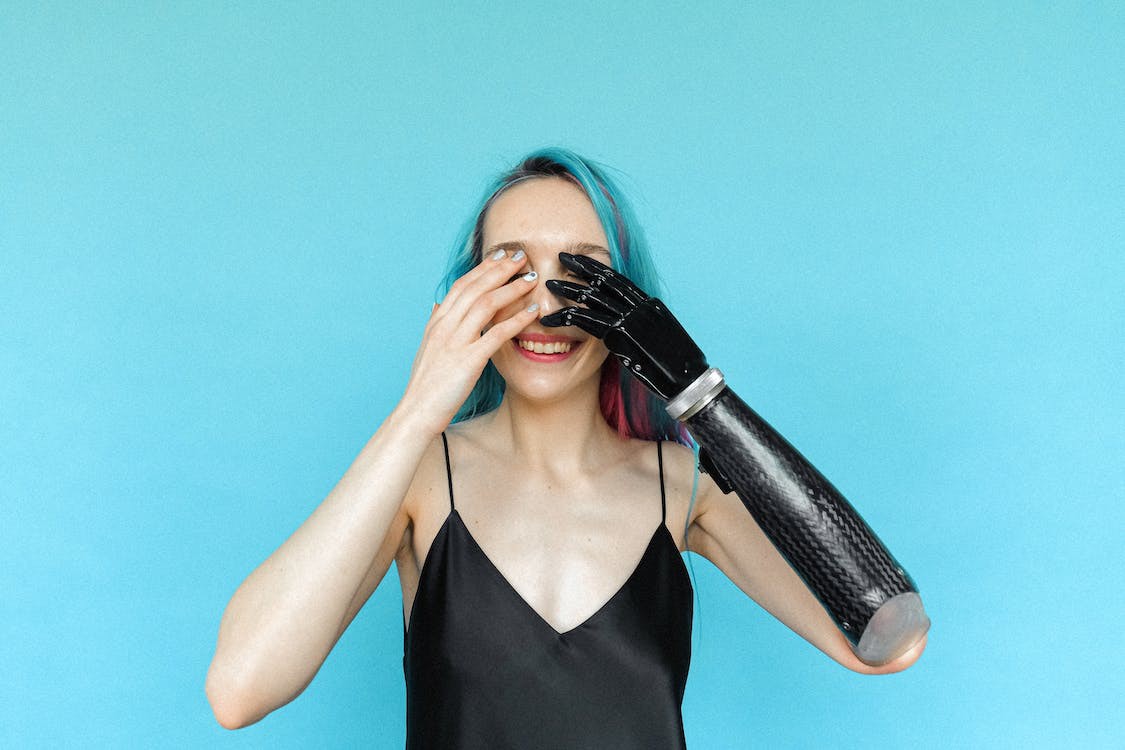Robotics for Empowering Individuals With Disabilities

Across the globe, about 1.3 billion people live with significant disabilities. That’s one in six people globally, and, in the United States, it’s one in four. What’s more, this is only an estimation and includes just the people who are heavily impacted and who have been documented as having a disability. This number could be even higher — and advancing the field of robotics is one of the best ways to empower these individuals.
Breaking Down Barriers With Tech
Technology has been a cornerstone of accessibility, breaking down barriers to allow people living with disabilities to more easily move about the world. This includes computers that cater to mobility issues, automatic captions for hearing impairments, noise-canceling headphones for sensory issues, and text-to-speech for vision impairments. However, this just scratches the surface.
Key Areas of Impact
The possibility of tech to impact the daily lives of people living with disabilities is almost limitless. Almost every aspect of everyday living can be enhanced by robotics to make things easier and more accessible. Learn just how robotics is changing the landscape of accessibility with the following prevalent innovations.

Communication
The world revolves around communication. Whether it’s writing an email, ordering lunch, or giving a work presentation, it’s important to have ways to be able to express yourself. People living with disabilities don’t always have this option, but robotics can help.
For example, speech-generating robots can allow people who are non-verbal to communicate by selecting pre-programmed words or phrases through intuitive, haptic interfaces. Social skills can be taught by robots to kids on the autism spectrum. Virtual reality can allow people with speech or mobility disabilities to feel as though they are physically in a conference room, controlling a robot remotely to physically interact with and emotionally respond to participants. It’s clear that robotics is not merely bridging communication gaps — it is empowering individuals with disabilities to lead more fulfilling and connected lives.

Health and Wellness
Quality of life involves being able to take control of your well-being. Tech for health and wellness is nothing new, but robotics innovations in this field are enhancing the applications for people with disabilities. Robotic wearables, for instance, are being developed with soft, conductive yarn that allows patients to “feel” what the wearable is feeling. These types of wearable prosthetics are advancing to react to human touch and learn whether or not their robotic grasp is successful or not.
Mobility
Mobility robotics assist with walking and allow people to participate in physical activities and rehabilitation exercises that they would not have been able to do as easily otherwise. Robot Rodem is an example of a robotic assistive device that is not wearable, but it works like a Segway for people with disabilities or who need mobility assistance. They can use a joystick and body movements to propel the vehicle forward.
Further, robotics are being integrated into everyday vehicles. The auto industry is prioritizing accessibility tech for drivers. Car modifications for accessibility help drivers with disabilities be able to get from place to place independently and stay safer on the road. Some of these modifications include pedal extenders, left-foot accelerators, mechanical hand controls, extended emergency brakes, and steering knobs instead of wheels. Larger integrations like manual and powered wheelchair lifts can help drivers and passengers alike enjoy easier transportation to appointments and in day-to-day life.
Moving Forward
The field of robotics holds incredible potential to empower people living with disabilities. It’s vital to harness technology to break down barriers, enhance accessibility, and ultimately improve the quality of life for this significant portion of the global population. Technology has already made significant strides in addressing the unique challenges faced by people with disabilities, from creating assistive devices that cater to various impairments to developing innovative solutions that bolster communication, health, wellness, and mobility.
Moving forward, the integration of robotics into the lives of people with disabilities will continue to evolve, providing innovative solutions to obstacles that have long unjustly restricted their ability to fully participate in society and do all of the things they strive to do. While this doesn’t mean that people with disabilities have not overcome these hardships in the past, it simply means that robotics creators have a unique position to be able to help these admirable individuals reach their goals more equitably. This journey of empowerment through technology holds tremendous promise for a more inclusive and equitable future for all.
Thanks for helping to keep our community civil!
This post is an advertisement, or vandalism. It is not useful or relevant to the current topic.
You flagged this as spam. Undo flag.Flag Post



